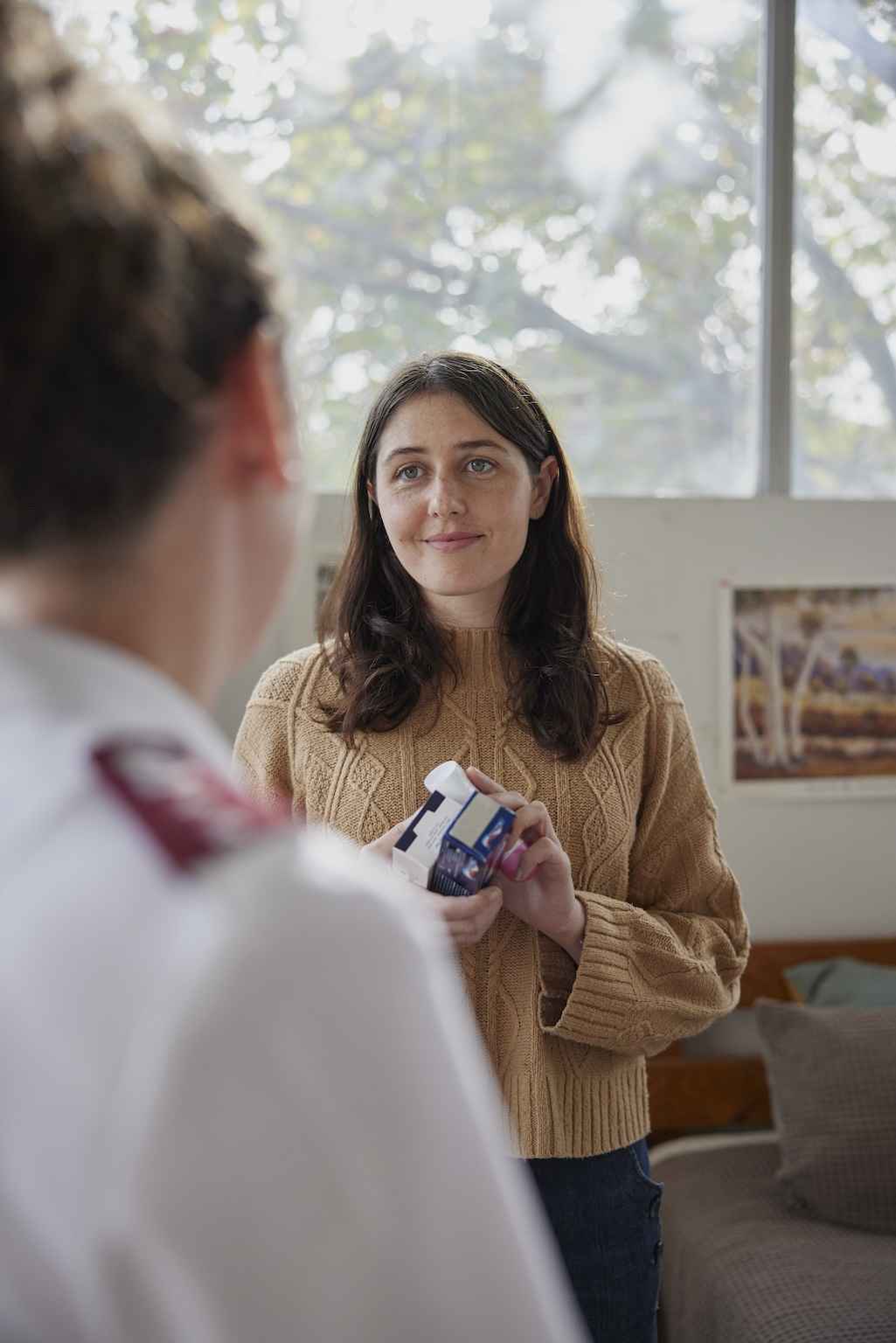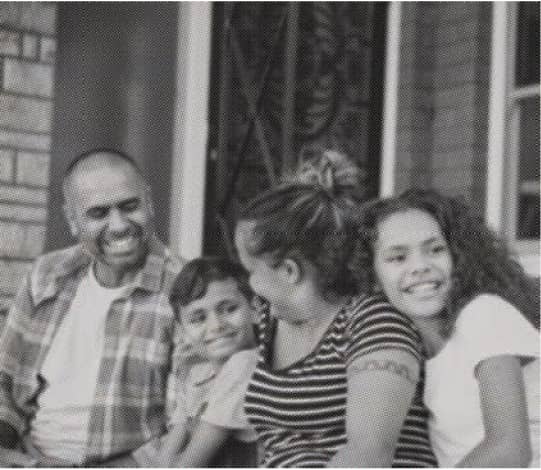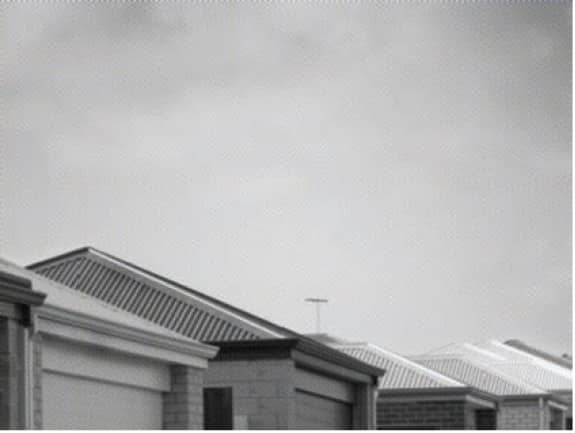Justice Stocktake 2025








Harmful alcohol and other drug use in Australia represents a significant public health concern, with wide-ranging social, economic, and health implications. Despite extensive efforts to address this issue, it remains a persistent challenge affecting individuals, families, and communities across the country.
Not all alcohol and drug use results in dependence or causes serious issues. In this context, we use the terminology “alcohol and drug misuse” to refer to substance use which incurs harm.
Some of the harm that can be associated with alcohol and drug misuse for individuals includes impacts on health and wellbeing, relationships, employment, and education. For the community, some of the harm from alcohol and drug misuse can include increased contact with the justice system, disease and injury, road accidents, and the exacerbation of mental ill-health and family and domestic violence.
Alcohol and other drug-related harm is both a driver and result of other forms of disadvantage. Often a person experiencing alcohol or other drug-related harm is also experiencing multiple disadvantages at once. Substance use itself can be disruptive to the brain, making it harder to change behaviour — even if a person wants to.
According to the National Drug Strategy Household Survey, in 2022-23 around 47 per cent of Australians aged 14 and over had used a non-prescribed drug at some point in their life (including pharmaceuticals used for non-medical purposes) and 16.4 per cent had used one in the last 12 months.[1]
It is also estimated that around one in 20 Australians have lived experience of alcohol or drug misuse.
There were 1742 alcohol-induced deaths recorded in 2022. This was a 9.1 per cent increase on 2021.[2]
Almost one in two Australians have engaged in non-prescribed substance use in their lifetime.[3]
More than one in five Australians (21 per cent) aged 14 and over have been verbally or physically abused, or put in fear by another person who was under the influence of alcohol.[4]
In 2021 the cost of addiction in Australia was estimated at $80.3 billion.[5]
Governments can work together by investing in harm reduction and treatment services so that the health problems primarily associated with substance misuse can be mitigated.
When planning policy to address alcohol and drug use, governments need to understand the needs of local populations, particularly the voices of lived experience, to provide accessible alcohol and other drug treatment systems embedded within the wider welfare system to create pathways and services to better engage, maintain and transition people from treatment.
Alcohol and other drug misuse often occurs alongside other forms of disadvantage. Policy responses need to be holistic, tailored, and culturally appropriate, and focus on harm reduction and early intervention.
Social connection is a supportive factor in minimising harm from alcohol and drug use. Community groups in particular have the power to ensure their events and activities are supportive and non-judgmental to create pathways for all people to build hopeful, purposeful, and meaningful lives.
Workplaces can incorporate understanding of alcohol and drug use, and the impact on health and wellbeing, in our wellbeing policies and supports (such as Employee Assistance Program which provides counselling to employees for a range of concerns).
Alcohol and drug misuse is a health issue and it can take great effort and courage to seek help. Instead of judging, we can listen and connect with people and reduce the stigma associated with substance use.
Australian Institute of Health and Welfare. (2024). National Drug Strategy Household Survey 2022–2023. [Link] ↩︎
Australian Bureau of Statistics. (2022). Causes of Death, Australia. [Link] ↩︎
Australian Institute of Health and Welfare. (2024). National Drug Strategy Household Survey 2022–2023. [Link] ↩︎
Australian Institute of Health and Welfare. (2024). National Drug Strategy Household Survey 2022–2023. [Link] ↩︎
Australian Institute of Health and Welfare. (2023). Alcohol, tobacco and other drugs in Australia. [Link] ↩︎